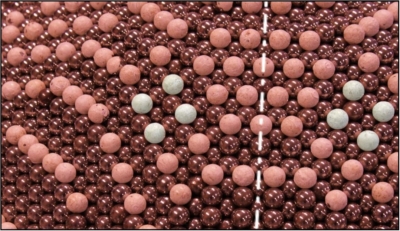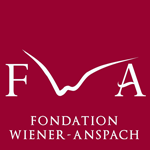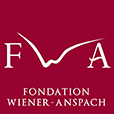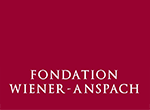
If a a cube, a sphere or a parallelepiped have a high degree of symmetry, there are more complex objects whose mirror image is not superimposable to the object itself. A hand falls in this category and the Greek root of the word « hand » gives its name to that feature: chirality.
Chirality is found at the molecular level and chiral molecules constitute the majority of organic compounds. DNA, amino acids, sugars are some but a few examples. The goal of this project is to identify interactions occurring between metal surfaces and chiral molecules. At the atomic level, metallic surfaces can be prepared so as to get regular atomic arrangements that also exhibit chirality. By a mechanism that could be called « lock and key », it is advanced that specific combinations of molecules and surfaces lead to exploitable features.
Considering the diversity of molecules and surfaces, such studies require complementary approaches. The team of Chemical Physics of Materials of the ULB possesses microscopes with atomic resolution for the simultaneous observation of a large number of surface atomic arrangements, making it possible to screen a number of molecule-surface combinations and to identify the most promising ones. The Surface Science Group of University of Cambridge has a recognized expertise in the experimental and theoretical methodologies required to precisely characterize the position of a chosen molecule over a well-defined surface along with the energies involved in these complex interactions.
Les promoteurs
- Thierry Visart de Bocarmé, The Chemical Physics of Materials Group, ULB
- Stephen John Jenkins, The Surface Science Group, University of Cambridge
Documents
- Rapport final


